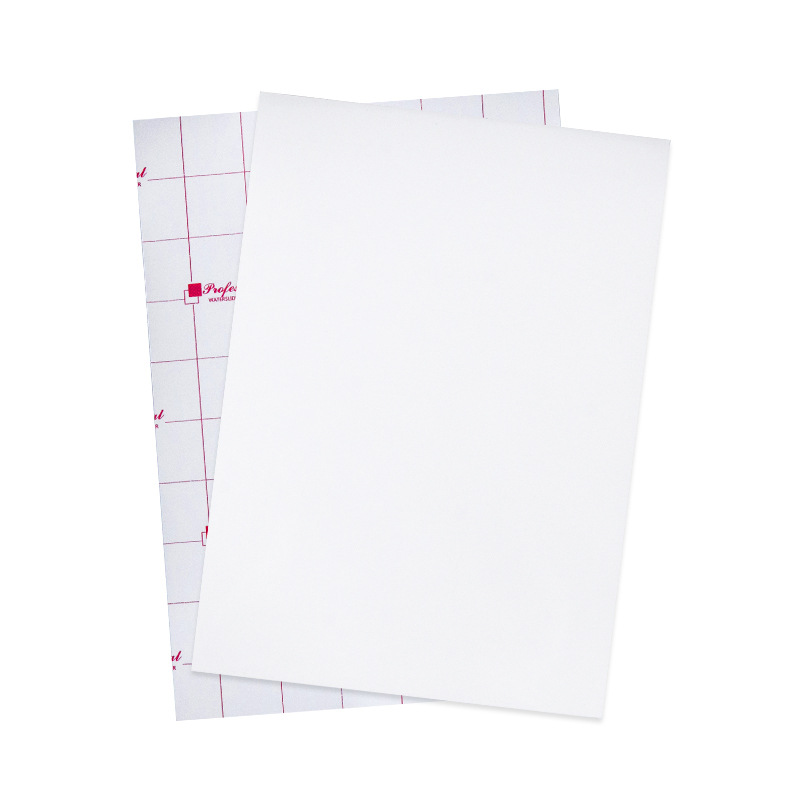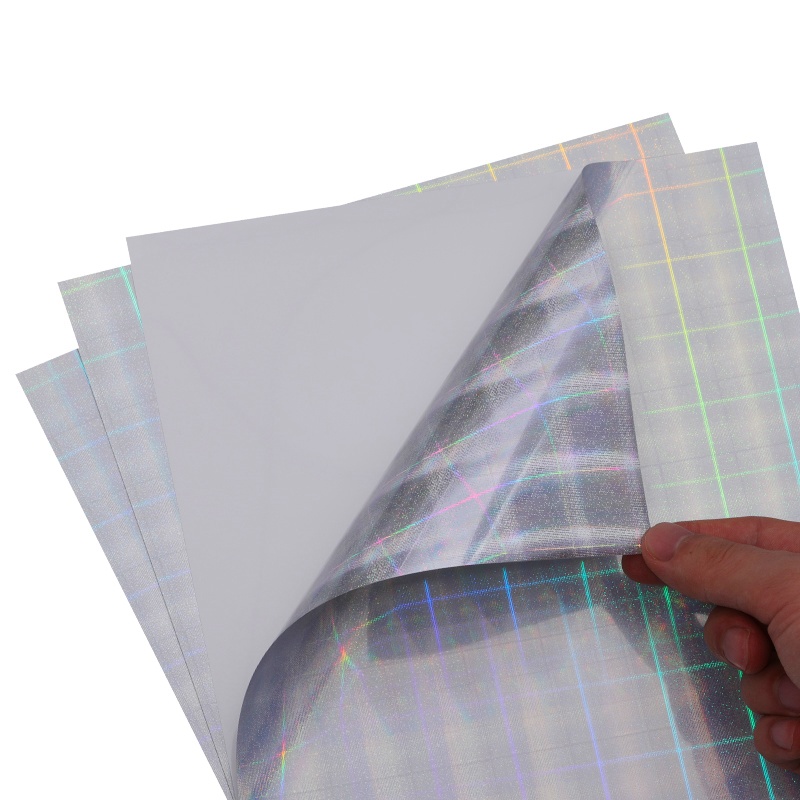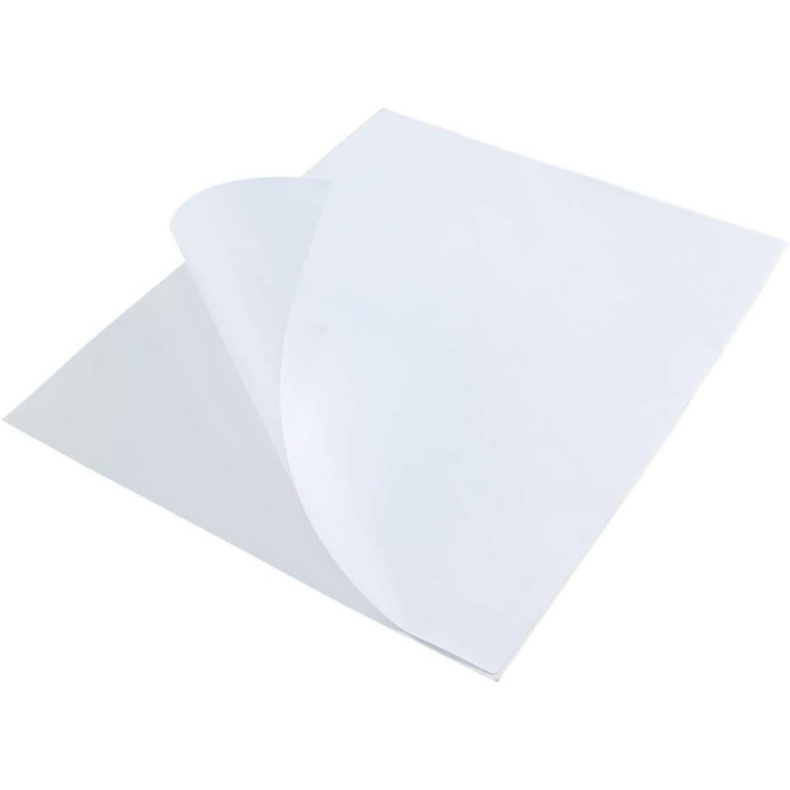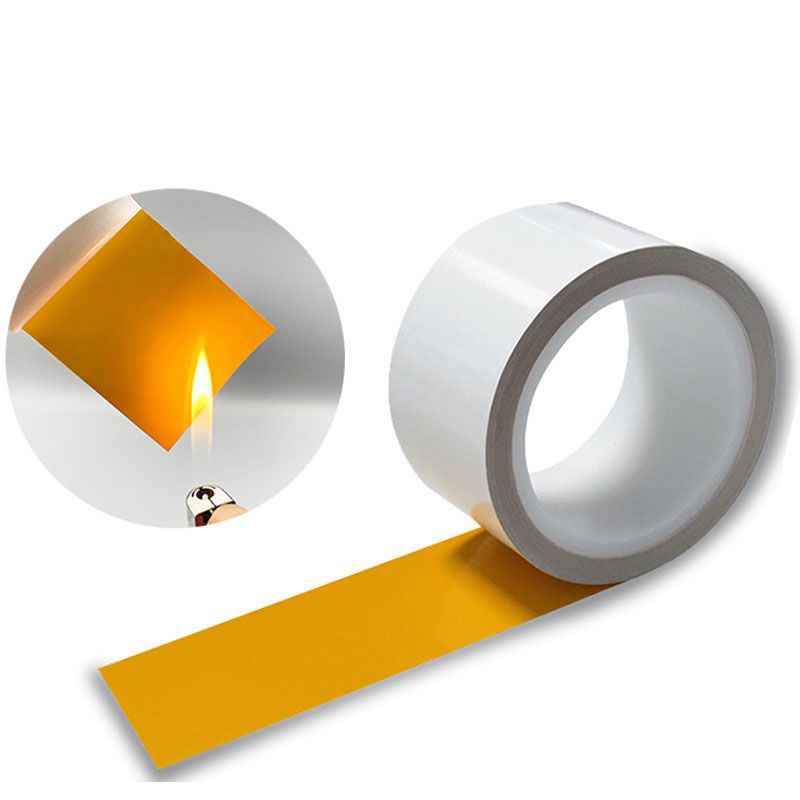
UL-94 VTM-0 flame retardant label
UL flame retardant PET label is a type of label made of 2mil (50& mu; m) thick polyester film as the substrate and coated with a printable coating polyester label, with a permanent acrylic pressure-sensitive adhesive, particularly suitable for printing and heat transfer printing; This label is a halogen-free flame retardant label with a fire retardant rating that meets the UL94 VTM-0 standard requirements; Save your labeling costs while ensuring high quality
Features:
1. Designed according to UL94 VTM-0 standard requirements, the unique flame retardant coating and adhesive have excellent flame retardant effect, and there are no molten droplets after ignition
2. The surface coating can meet various printing and printing requirements and provide strong resistance
3. Compliant with ROHS and halogen-free environmental requirements
4. Complies with GB/T25978 standard
5. UL and CUL numbers: E358889 # 608
Suitable for product identification with fire and flame retardant requirements in electronics, automobiles, aviation, cables, power supplies, etc., especially for battery label applications. In laptop, mobile phone, and other battery module applications, it can not only be used as a choice of label material, but also as a thermal insulation and flame retardant protective layer
Standard for UL flame retardant labels
The UL flame retardant label standard is a series of testing standards for material flame retardancy developed by Underwriters Laboratories (UL) in the United States. These standards typically include various testing methods such as vertical combustion testing, horizontal combustion testing, and ultimate oxygen index testing to evaluate the flame retardant performance of materials under different conditions.
Specifically, the standards for UL flame retardant labels may involve the following aspects:
Vertical combustion test: a testing method for evaluating the combustion performance of materials when placed vertically, by observing indicators such as the combustion speed and flame spread length of the sample to assess the flame retardancy of the material.
Horizontal combustion test: a testing method for evaluating the combustion performance of materials when placed horizontally, which also evaluates the flame retardancy of materials by observing indicators such as the combustion speed and flame spread length of the sample.
Extreme Oxygen Index Test: A test method for evaluating the minimum oxygen concentration required for a material to maintain combustion at a specific oxygen concentration, used to determine the flame retardant performance level of the material.
It should be noted that the standards for UL flame retardant labels are not static. With the development of technology and the improvement of safety standards, UL will continuously update and improve its flame retardant testing standards. Therefore, in specific applications, it is necessary to refer to the latest UL flame retardant testing standards to evaluate the flame retardant performance of the product.
UL94 flame retardant rating classification
UL94 is currently the most widely used flame retardant performance evaluation standard for plastic materials internationally, with a total of 12 grades: HB V-0、V-1、V-2、5VA、5VB、VTM-0、VTM-1、VTM-2、HBF、HF-1、HF-2。
VTM-0, VTM-1, and VTM-2 are suitable for plastic films, while HBF, HF1, and HF2 are suitable for foam materials.
The equivalent flame retardant rating standard adopted by China is GBT2408 "Horizontal and Vertical Methods for Testing the Burning Behavior of Plastics".
The flame retardant grade of plastics increases gradually from HB to V-0: HB<V-2<V-1<V-0<5VB<5VA.
UL94 Common Test Methods
UL94 is used to evaluate the ability of materials to extinguish flames after being ignited. There are multiple evaluation methods based on combustion speed, combustion time, anti drip ability, and whether the drips are burning.


UL flame retardant label
With the development of society, the volume and structure of electronic products produced are becoming smaller and more complex. The probability of fire caused by high temperature will greatly increase. In the electronics industry, flame-retardant edge labels for lithium batteries can greatly reduce the risk of battery leakage and increase the safety of battery use. The application of flame-retardant labels in the electronics industry is already very mature. In fact, flame-retardant labels are also widely used in other industries.
In the automotive industry, fire-resistant and flame-retardant labels are also widely used in various components. Every summer, there are always reports of cars catching fire due to high temperatures, leaving only an iron frame burned down. Therefore, for parts that are prone to catching fire in cars, fire prevention measures must be taken. The battery, motor, engine, wiring harness and other parts of the car will use fire-resistant and flame-retardant label materials instead of using labels made of other materials. Do you know the reason for this?
The fire-resistant and flame-retardant labels are made of PET material, which is a polymer material. It has good hardness and brittleness, can withstand certain high temperatures, resist harsh environments, and resist corrosion from chemicals such as acid and alkali. It is suitable for making various durability labels.
Due to the special properties of PET materials, such label products are also applied in many other fields, such as industrial and automation equipment, wind and photovoltaic wiring harnesses, medical equipment, aerospace, electronic communication, and so on.
We offer comprehensive technical support, including free professional labeling solutions, advice on label materials and adhesive selection, as well as online/offline assistance from professional software and hardware engineers. Service email: andy@ownlikes.cn. In pre-sales, we leverage our extensive experience in specialty labeling projects to provide clients with the most suitable hardware solutions. Additionally, all our label barcode printers and scanners come with a three-year free warranty, demonstrating our confidence in our products.






This site is protected by reCAPTCHA and the Google Privacy Policy and Terms of Service apply.